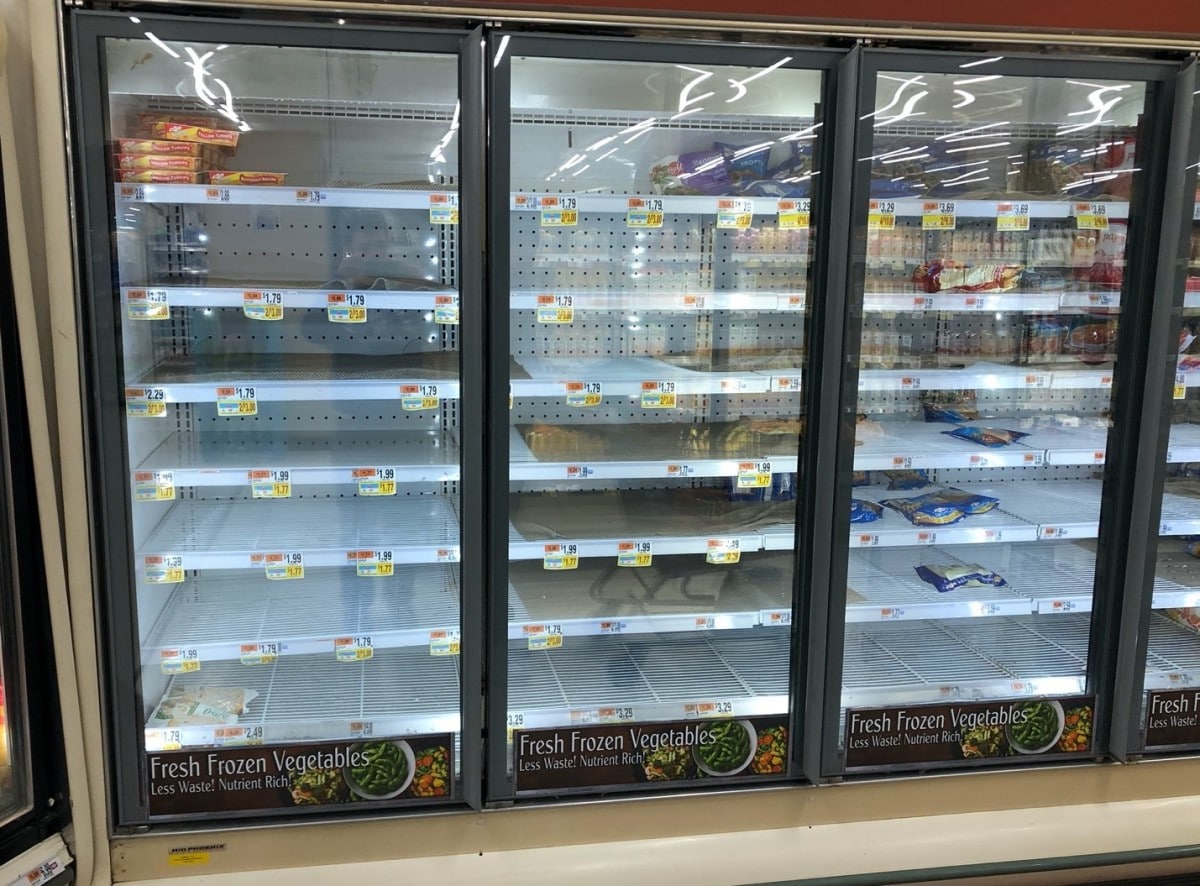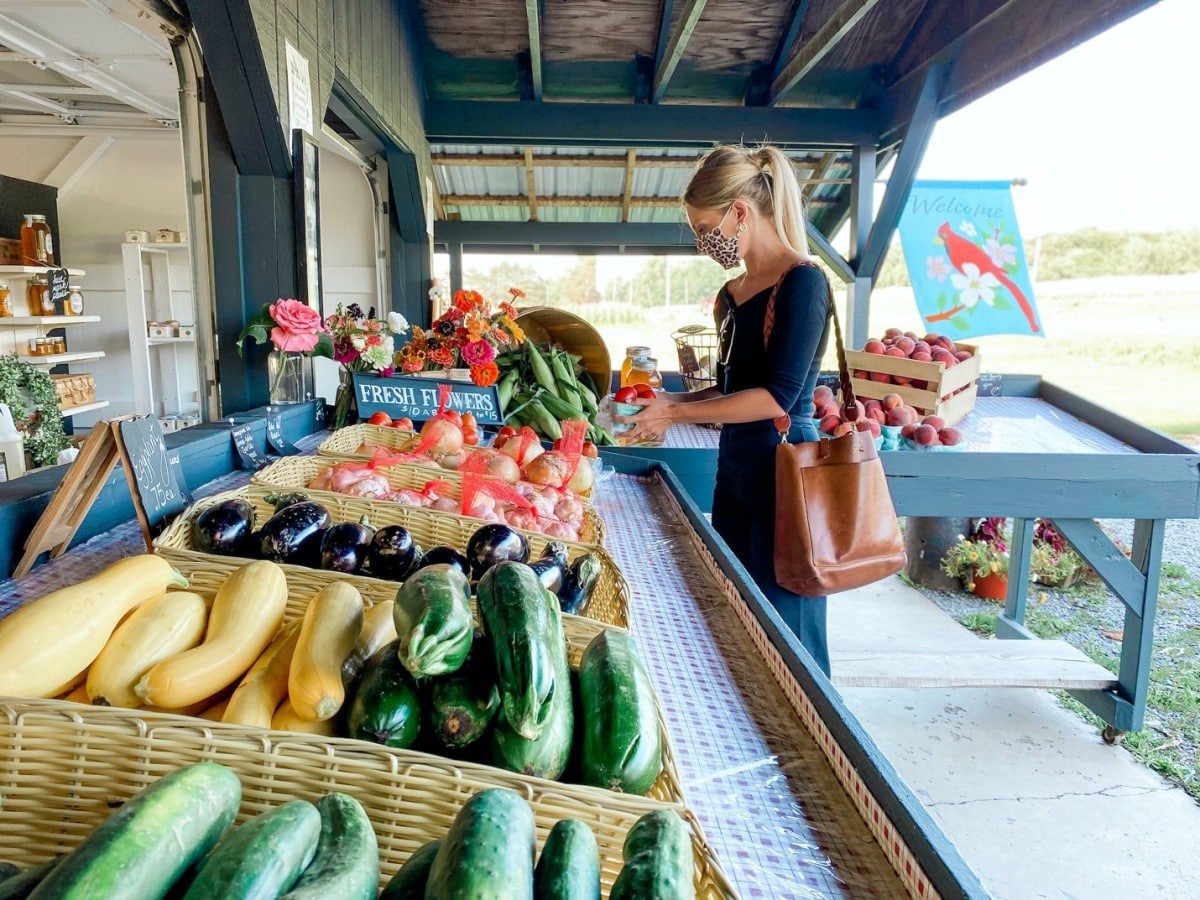Originally published on CEBM.net on 24 August 2020
Andy Yates MSc Sustainable Urban Development, University of Oxford
Correspondence to: [email protected]
BACKGROUND
COVID-19 has disrupted many aspects of city living. It has tangibly altered how we work, shop, and socialize, while exposing vulnerabilities to public health, the economy, and in governance. On a more positive note, the resourcefulness of humanity often shines brightest when the world seems most bleak—as Plato pointed out ‘necessity…is the mother of invention’.
One of the earliest and subsequently most alarming shocks to the pre-pandemic status quo was the disruption of supply chains that provide the staples of modern life. In particular, the precariousness of urban food security became clear as grocery store shelves were quickly laid bare. To make matters worse, these stores were teeming with shoppers at precisely the moment when personal interactions were best kept to a minimum.

In response, consumers and farmers alike began adapting to increased demand for fresh, locally grown foodstuffs from farmer’s markets, by home gardening, through Community Supported Agriculture, or directly from farms, without ever needing to visit a busy store. Historically speaking, city residents visiting farms is nothing new, but as the world has urbanised over recent decades, people’s familial and friendship linkages to the countryside have inevitably been diminished. With no, or few, personal relations outside the city to call upon, people are increasingly turning to agritourism to meet their nutritional and recreational needs. Though the locavore movement and agritourism were already gaining momentum before COVID-19, like other urban trends (e.g., biking, working remotely, online shopping), the pandemic has accelerated the process.
The positive relationship between cities and nearby farms
New Jersey, the most urban of all U.S. states, illustrates the strong relationship between cities and local farms. The state generates the highest percentage of farming income from agritourism than any other state. Though seemingly counterintuitive, urbanisation is generating a growing number of reasons why farms are so vital to cities, especially now as farms help alleviate some of the hardships imposed on cities by COVID-19.

For example, local farms can significantly shorten, and simplify the agricultural supply chain, as well as decrease ‘food miles’ and offer consumers with a better understanding of the people and places that grow their food. It has even been proposed that a family farm may, ‘be a more sustainable business form because it is better able to mutate into forms appropriate to an ever-changing social, economic and political environment’. This certainly appears true today as family-owned farms have been able to quickly adjust their operations to meet consumers needs and fill gaps in supply chains.
Notably, many farms that at one time might have been considered detrimentally , hemmed in by urban sprawl may now be best positioned to provide customers with groceries and a glimpse of the ‘rural idyll’ without requiring long drives; all while holding the line against further urban development. One study from Scotland found 13.5 miles to be the median distance travelled by agritourism patrons on day trips. These peri-urban farms reached by car, and sometimes even urban farms accessible by public transport, not only enhance food security through on-farm sales—a principal form of agritourism—but are simultaneously providing much-needed respite from the social distancing confines of city life.
AUTHOR
Andy Yates is currently studying an MSc in Sustainable Urban Development at the University of Oxford.
